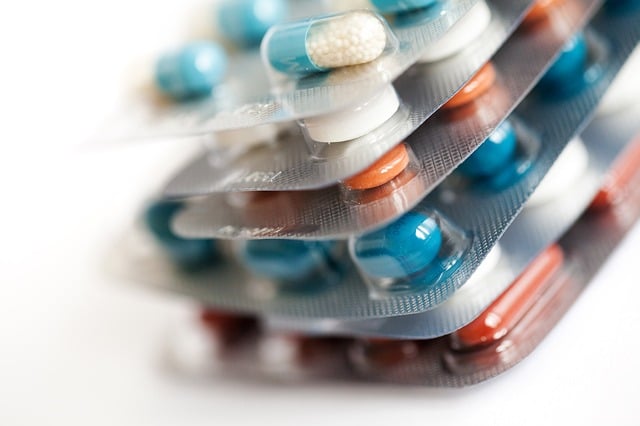The differences between Good Manufacturing Practices (GMPs) and Good Laboratory Practices (GLPs) aren't always obvious. Both share similar terminology and at times, somewhat similar applications.
But for those who apply these practices, or collaborate with those who do, the differences are important. Confusing one for the other can lead to serious compliance problems and rework.
This guide offers a quick and simple explanation of the differences, starting with the most pronounced.
Laboratory testing
This is one of the most dangerous areas to get the two confused. While GMPs and GLPs serve similar purposes in other applications, they're quite different in the lab.
The simplest way to understand the differences between the two is where they lie in the larger product development process. GLPs are focused squarely on preclinical development. More specifically, nonclinical laboratory safety studies that support or are intended to support the research or marketing applications of the product. These include biocompatibility, toxicology, pharmacology, etc.
On top of this, GLPs only apply to studies performed in test systems like live organisms, plants, or microorganisms—not chemistry-based or microbiological quality testing. More simply, GLPs are based in study. Their purpose is to give FDA the data it needs to scrutinize and audit the scientific validity of research studies.
GMPs, on the other hand, are concerned with process. They're intended to demonstrate to the FDA whether or not batches of regulated products are manufactured according to pre-defined criteria.
Lot release or lot conformance testing for products on the market are almost always required to be done under GMP while testing of safety and efficacy should be done under GLP in most cases.
Validation
Unfortunately, the differences between GLPs and GMPs are not so apparent during validation. This continues to be an area of debate within the industry. "It depends" is the basic idea you'll come away with from most interpretations.
The best advice is to carefully consider which set of practices are more appropriate for a particular product and ensure that all equipment and testing instrumentation is calibrated, qualified, and maintained according to SOPs.
Want to learn more about laboratory developed testing and regulatory challenges that may be coming? Grab our free white paper: Laboratory Developed Tests: Issues & Anticipated Regulations


